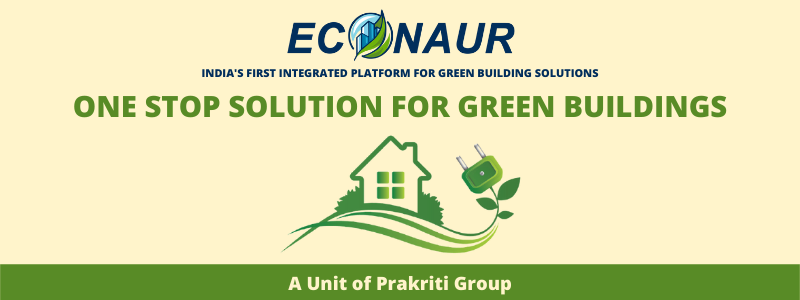Builders all over the globe are gravitating towards greener technology methods that can make buildings energy-efficient and sustainable. Homeowners are also showing interest in projects that deploy raw material and construction techniques with a lower carbon footprint and that are not detrimental to the environment. These techniques are being extensively used in modern construction right from the inception phase and in every aspect of the project construction; design, selection of raw material, the systems that run the construction, and the operation.
Renewable power
Pic Credits: https://www.treehugger.com/
Renewable energy sources help in the creation of self-powered buildings. These structures generate their own power to support their energy requirement. In most cases, it is done through solar and wind power. The use of solar power isn’t a new technology. It has been around for a long, but now it is widely used by builders as an effective and green alternative to traditional energy sources.
Using the sun’s energy in active solar power generation involves using solar panels to generate electricity. Passive solar power generation, on the other hand, uses the sun’s rays to heat the houses using the strategic placement of windows and heat-absorbing surfaces. Wind power is being used by skyscrapers that have wind turbines mounted on the rooftops. The strong air currents at high altitudes propel the turbine blades which results in the generation of power.
Green Insulation
Pic Credits: https://theconstructor.org/building/
Thermal insulation of a building plays a very important role in improving the quality of life of the people residing or working there. Using hollow clay bricks like the Porotherm Thermo bricks is one such greener technology innovation in the field of modern construction for green insulation. These bricks are eco-friendly, made from easily available raw material that is clay, and rank high on the sustainability meter.
Sustainable raw material
Pic Credits: https://greenbuildingelements.com/
Using bio-degradable raw material is one of the ways of creating a sustainable structure. A lot of waste products and toxin materials are generated during the construction of a building. This waste piles up in landfills for centuries before degrading. We can avoid this by going in for bio-degradable raw materials like bamboo, recycled glass, and organic paints. A relatively newer but effective sustainable material that can be used is eco-concrete. It is practical, durable, strong, and acts as an air purifier with its smog-eating properties. These raw materials do not pose any threat to the environment and improve the productivity and health of people.
Water-efficient systems
Pic Credits: https://www.homeonline.com/hol/home-tips
Using water-efficient technologies in the construction process is one of the greens and sustainable ways of making the structure adhere to green standards and green technology. These technologies include the re-use and application of efficient water supply systems and deploy methods like rainwater harvesting, dual plumbing, grey-water re-use, and water conservation fixtures. The use of these water-efficient technologies can lower water wastage by as much as 15%.
Cool roofs and smart glasses
Pic Credit: https://energyhawksusa.com/
Cool roofs reflect more of the sun’s rays than other roofs and prevent the warm or cool air inside from escaping through the top of a building. A cool roof keeps the temperature inside a building low (a cool roof can cut that down by more than 50 degrees) that reduces the strain on the air conditioning systems. This, in turn, reduces the emissions from the heating and cooling units.
Smart glass is an electrochromic glass that uses a tiny burst of electricity to charge ions on a window layer. It controls the amount of light that the glass will reflect. It is different from the low emittance windows that block partial radiation of the sun as with smart glass, you can choose the amount of light you want to block. This technology is especially beneficial for skyscrapers that use a lot of glass in their façade. The smart glass windows tint automatically during peak sun hours and become transparent in the evenings, night. This glass is expected to reduce HVAC costs by almost 25 %.
A structure becomes great not only by its design but also by its impact on the environment. It is time for the buildings to enter into a symbiotic and healthy relationship with the environment by using green technology-based construction methods.
Source – gosmartbricks.com







